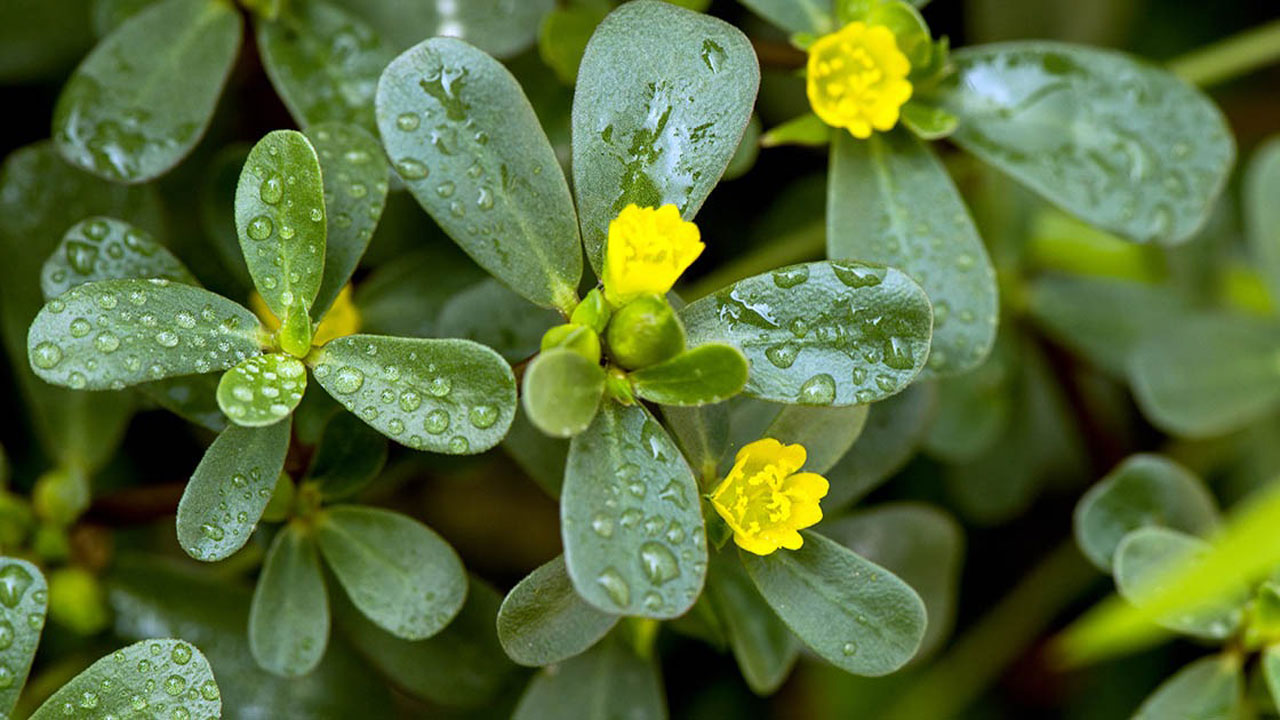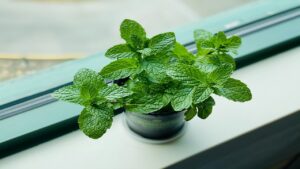Don’t Uproot This Spontaneous Plant in our Garden: I’m Telling You Why You Might Regret it
If you discover this special weed while tending to your garden, refrain from removing it. I understand that maintaining a clean garden is of utmost importance to you, but among the various weeds, there is one that could offer significant benefits. Why? Simply because it is relatively unknown, yet capable of providing a range of advantages to the body. It can be utilized in the kitchen, and instead of eliminating it, you should consider cultivating it intentionally. So, don’t uproot this wild plant in your garden. Let’s delve into identifying this plant and understanding its usage.

Considered invasive but not harmful
When people usually think of weeds, they immediately consider something that must be eradicated to prevent it from causing problems for the entire garden. However, you might not be familiar with Purslane. It’s a type of vegetable that some label as a weed, even though it’s rich in beneficial elements like antioxidants, vitamins such as A, C, and E, as well as minerals. It aids in body detoxification. Rather than removing it, you should learn how to utilize it.

Purslane’s substantial content of iron, magnesium, and potassium makes it a beneficial herb for bones, teeth, the immune system, and muscles. Its high Omega-3 content also seems to assist in preventing heart problems and improving blood flow. It comes in different varieties, some adorned with attractive flowers that make it nice to see.
How to use it in the kitchen
Purslane, it appears, is a naturally occurring plant that lends itself to culinary applications. How? Let’s explore immediately.
Preparing this herb is very easy. Collect it and soak it in water with baking soda for about an hour, then rinse it thoroughly with abundant running water to remove any dirt. Trim the stems, and it’s ready for use. Purslane can serve as an excellent ingredient for salads, and it can also be prepared in a pan, similar to cooking fresh spinach.






